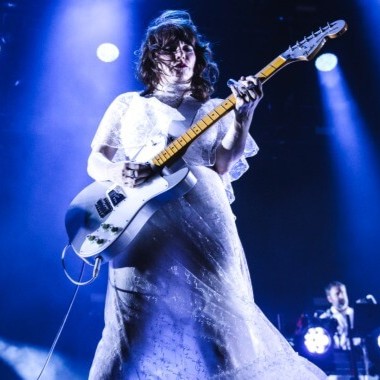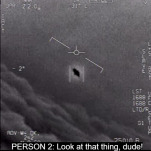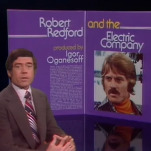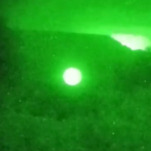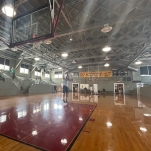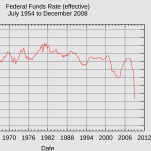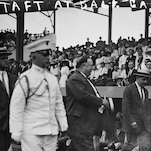Björk deserves better
As you’ve probably read by now if you’re in the art-forward set, the reviews of the Björk ‘mid-career retrospective’ at the MOMA, which opened to the public Sunday, are in and all is not full of love.
The reviews are so bad, they inspired an Artnet round-up: “6 Best Takedowns of MoMA’s Appalling Björk Show.” I’m sorry to report that ‘I’ve seen it all,’ and they have a point. The worst part was Songlines, a 40-minute audio tour of Björk’s ‘journey’ through life. A complete failure of experience design, the hard-to-follow narrative is crammed into a tiny tunnel with cramped offshoots, causing traffic jams that prevent the artifacts, mostly costumes from an impressive list of fashion designers, from being viewed properly. Volunteers at the end of the exhibit said the preview audiences were rushing through, exiting after just 20 minutes. Two video stations — Black Lake, a sound cave featuring a stunning sweep across the volcanic fields of Björk’s homeland, and a second dark room where a 3-hour reel of her videos play — though more easily experienced, hardly get across the ingenuity of Björk as an artist.
But here’s the thing: Björk has been at the cutting edge for over 20 years, a spring eternal of strange and beautiful mythologies born of art and technology. Let’s set aside the complete failure at user experience design at the MOMA and tour Björk’s career here as a technology-savvy, boundary-pushing artist, worthy of a better museum show.
The woman who sampled volcanic sounds for her beats on Homogenic and crackling ice for a track on Vespertine, practically invents new instruments for every endeavor. For her album Biophilia, she collaborated with Andy Cavatorta to create Gravity Harps. Rising out of a nest of wires and laptops on the grand staircase of MOMA are the two wooden towers that support the gyrating pendulums as they swing back and forth across the picks. A complicated feat of robotics, physics and python, the Gravity Harps and the music they produce are mesmerizing. Standing on the staircase, people marvel at the notes appearing on the screen, a union of technological precision and human composition. Sadly the exactitude and awe of this performative sculpture will not be matched by the exhibit upstairs. The Gravity Harps are only one example of Björk’s career-long investigation into the tension between humanity and machines, but instead of latching onto a specific curatorial inquiry, the artifacts presented in Songlines are lacking context or critical thought.
-

-

-

-

-

-

-

-

-

-

-

-

-

-

-

-

-

-

-

-

-

-

-

-

-

-

-

-

-

-

-

-

-

-

-

-

-

-

-

-

-

-

-

-

-

-

-

-

-

-

-

-

-

-

-

-

-

-

-

-

-

-

-

-

-

-

-

-

-

-

-

-

-

-

-

-

-

-

-

-

-

-

-

-

-

-

-

-

-

-

-

-

-

-

-

-

-

-

-

-

-

-

-

-

-

-

-

-









